Value chain

Construyendo juntos un sector artesanal más fuerte
Este es un espacio de rescate y difusión de herramientas valiosas para el sector artesanal. Es una caja de herramientas y una biblioteca de soluciones para el aprendizaje y la profesionalización de los negocios artesanales.
Value chain
It is the set of activities that make a product reach from those who produce it to those who want to buy it. This includes not only production and sale, but other complementary activities that are equally important.
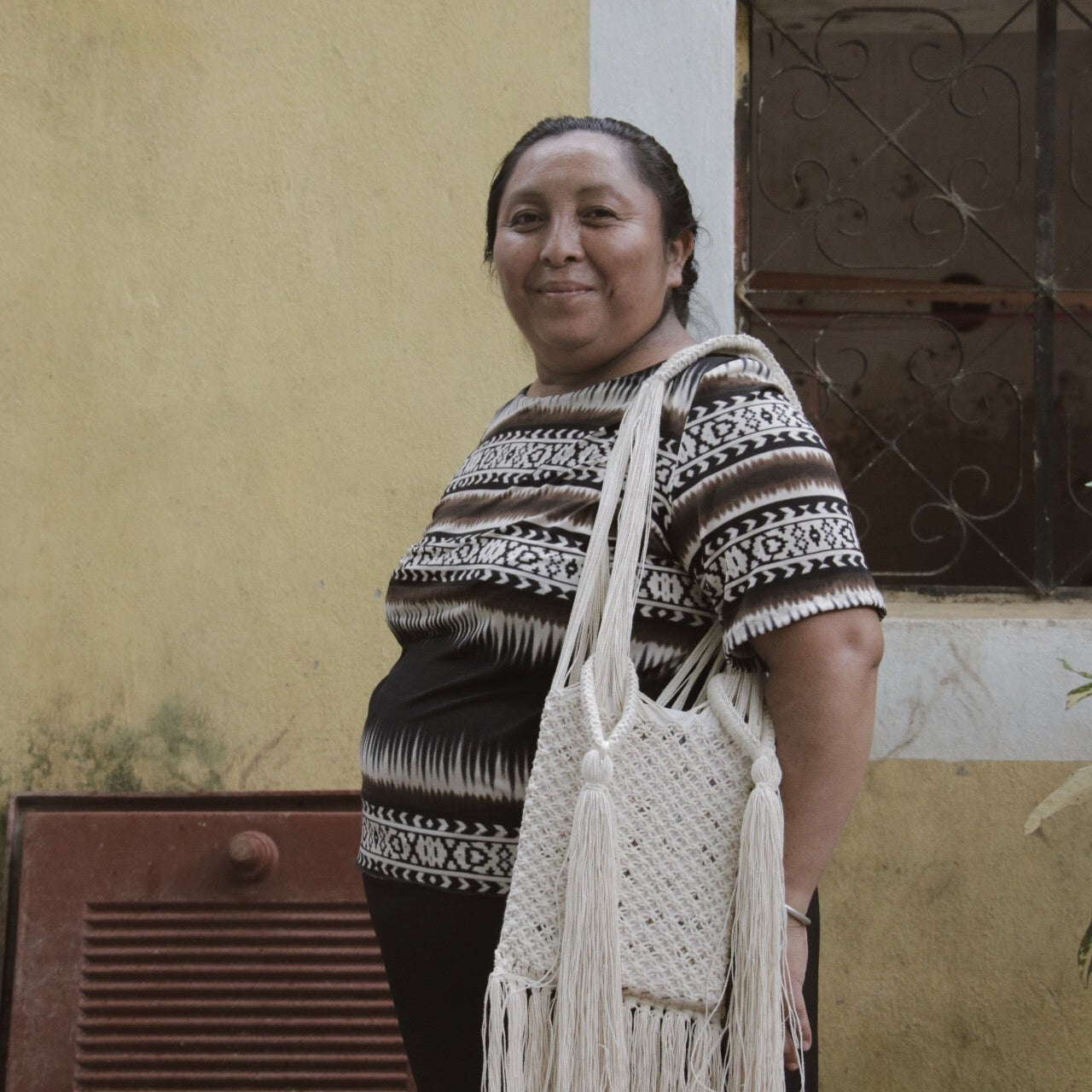
1. Formality
The formality allows businesses to issue invoices, which opens up a very large range of clients and allows them to improve their sale price and negotiation conditions with all types of clients and suppliers. Formal businesses have a significant advantage in accessing new markets inside and outside of Mexico. In addition, the formality allows you to have a credit history that can be very useful to open savings accounts and facilitate access to other banking products and services such as insurance and credit to grow your company. The tools in this link serve to guide you in making decisions when starting to operate in the formal economy.
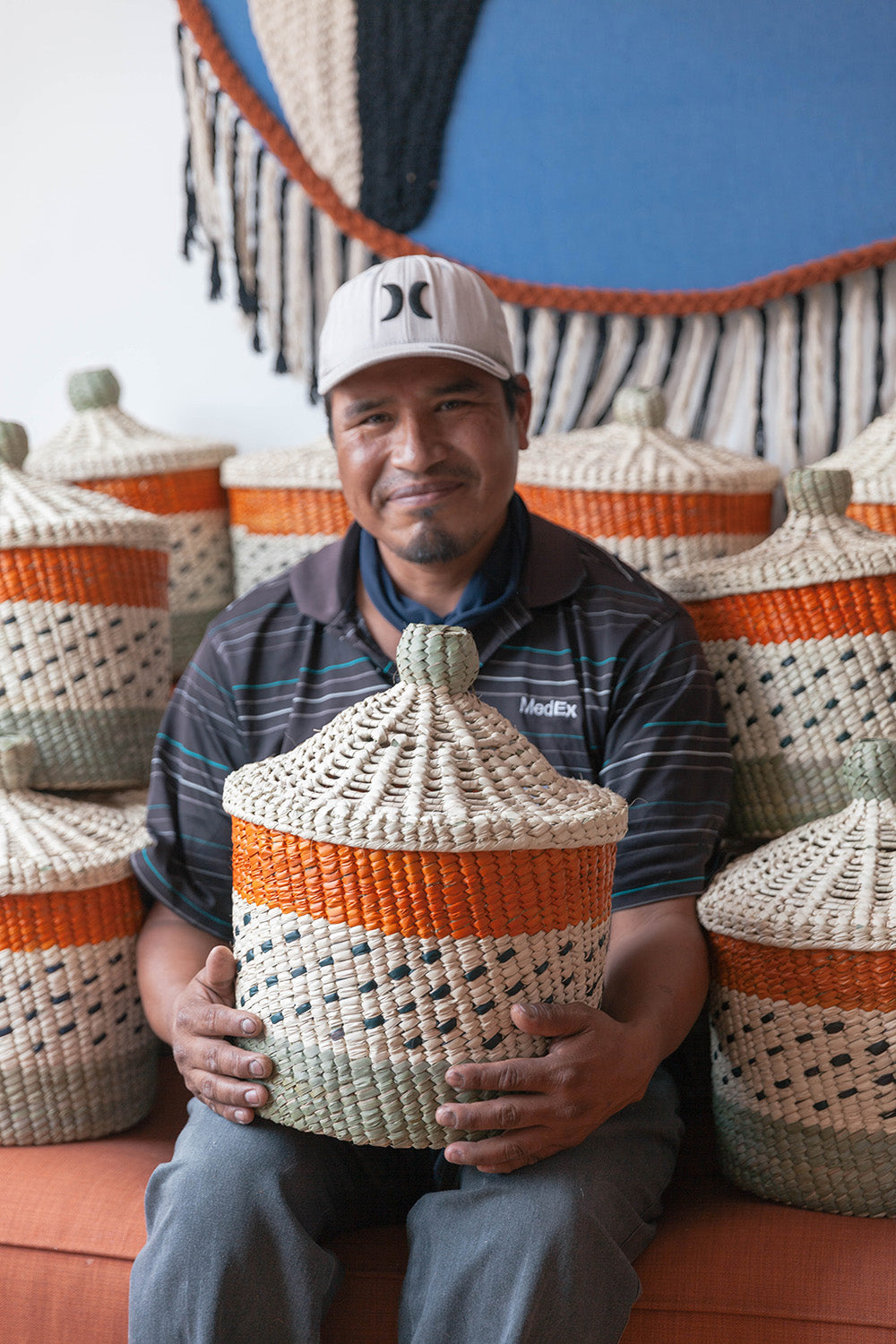
FORMALITY
1.1. Tax glossary
Ensamble Artesano collectively developed a glossary of tax terms to facilitate their understanding and conscious and informed decision-making for companies in the artisan sector. This does not replace the need to have professional advice from an expert accountant in tax matters to evaluate the best way to be part of the formal economy. Being a formal company, registering with the Ministry of Finance and Public Credit, starting to issue invoices and paying taxes, are activities of a company that require professionalization. If you have wondered about, what are the differences between registering as a cooperative, a natural person, a moral person, a Rural Production Society? Here you will find its explanation in a simple way, so that you know the obligations and responsibilities that a craft company has when choosing the type of formal company with which it will operate.
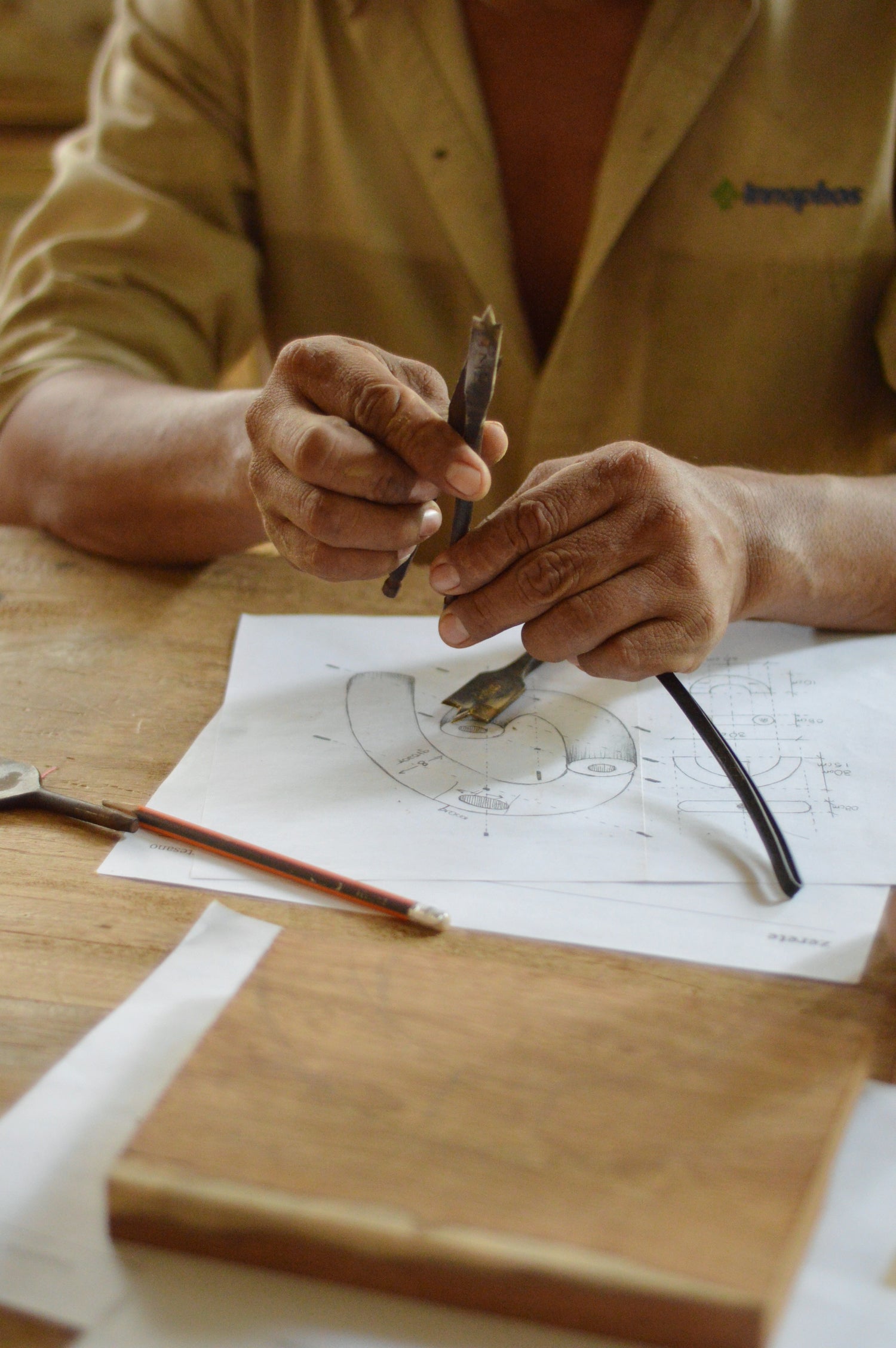
2. Design
The market constantly requires innovation to adapt to the changing needs of people, of the world, and therefore of the market in general. Innovation is essential for artisan businesses and one way is through the creation of new products, adapted to market trends. But an innovative design is more than trends and colors, it implies that the product is well-priced, that it has the measurements and shapes that customers are looking for, that the colors show harmony. The tools available in this link will help you have better products for your customers and make sure that you include all the costs to make decisions that contribute to the growth of your craft business.

DESIGN
2.1. Standardization of prices and measures
Ensamble Artesano developed a tool that compiles the most recommended measurements and price ranges for artisan products of various techniques, which can be taken as a good reference from the moment your product is designed. It is important that the products adapt to what the market expects in terms of measurements and prices, to what customers are willing to pay for a type of product. Most of the products have a range of measures and prices on which we can design according to where and how we intend to sell them. It will also be important to keep the design within standard measurements, to streamline logistics issues, such as packaging, shipping and storage. Use this document to validate if your products are in the price range that the market expects and have the appropriate measurements. You can also use it to start designing a new product that meets the standard of its type and thus increases the chances of success.
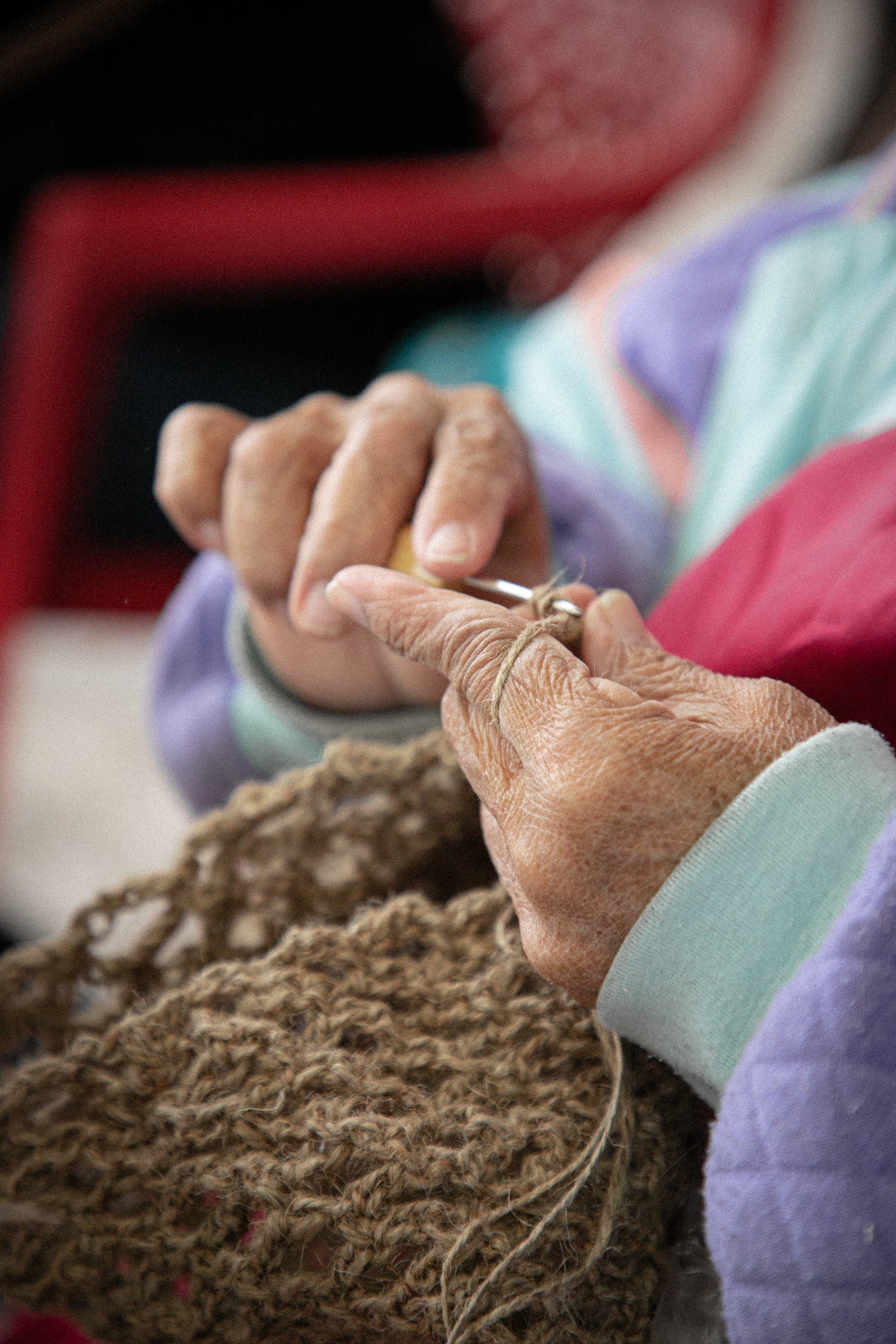
DESIGN
2.2. Costing too
The costing tool will help you verify that all elements of a product's cost are included before setting its final retail price. It is important to have costing tools that allow you to include all direct and indirect costs, such as labor, materials, logistics costs, part of the services of the place where it was produced, such as electricity or water, the wear and tear of the tools and equipment involved in its manufacture, sales taxes, among others. In Ensamble Artesano, a costing tool was used to make transparent the cost elements of each product, enriching the knowledge of the techniques and their market viability from the design phase.

DESIGN
23. Good practices and tools for the prevention of cultural appropriation
Ensamble Artesano generated spaces for reflection and questioning of the product design process that dialogues with the use of techniques and iconography of the ethnic groups in the communities. These workshop-like spaces can be consulted as an input prior to defining the design of a product. A decalogue of good practices for textile design in artisan spaces was also disseminated. With the application of these principles we seek to recognize the creators and their active participation in different processes of the value chain, as well as to honor and benefit the communities. We make available to our artisan community, a workshop given by NGO Impacto on the topic Prevention of cultural appropriation and the Decalogue Macro Saber Artesanal Textil that gives us a point of reference to identify how to work when designers, clients or anyone wants to start a collaboration with our artisan business.
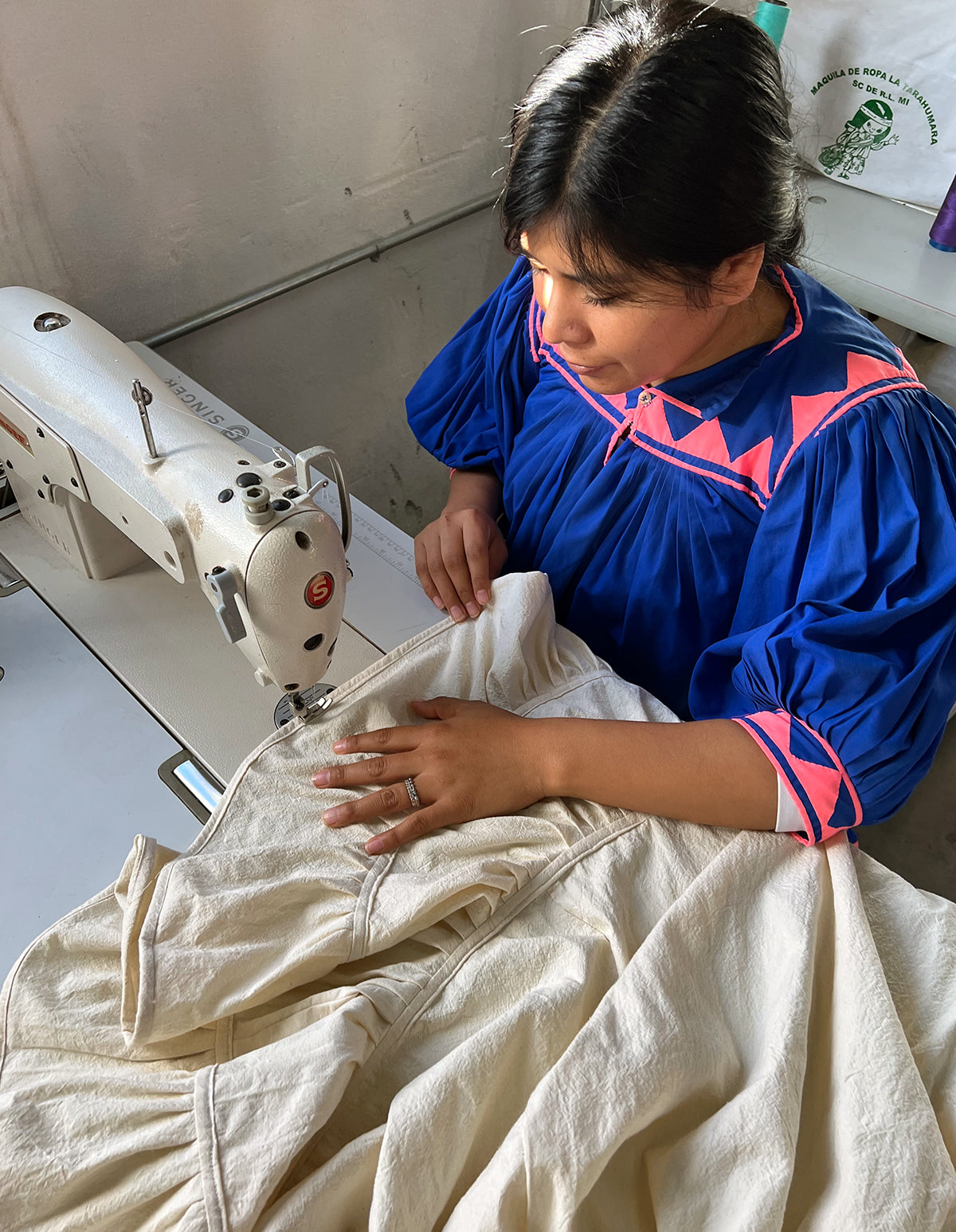
DESIGN
2.4. Color and trends
The trends and color manual allows us to know in a specific period of time what products to design in order to take advantage of the changes in fashions in favor of the handicraft business. It is important to be prepared for new customer demands and adjust our products to the colors, shapes, textures and styles that will be more required according to the global trend forecast. The manual that is shared is an example of a past cycle. This type of information should serve as an early reference for a specific time cycle, guiding the creation of seasonal product lines that complement the permanent product offering of the business. Like everything in the world of fashion and design, trends pass and therefore it is necessary to get updated information on the trends of upcoming cycles. These cycles are called seasons and commonly there are two a year: 1) spring - summer and 2) fall - winter.

DESIGN
2.5. Clothing typology
Clothing can be classified in many ways. These types of clothing are known as typologies. A clothing brand or a company in the fashion world must decide in what proportion to produce each typology. There is no single rule on how to mix typologies, it will depend on the seasons and design scopes of each company according to its target market. You can see the typology manual developed for the Ensamble Artesano collection and use it as a reference to decide how to organize your production according to the market you want to reach.
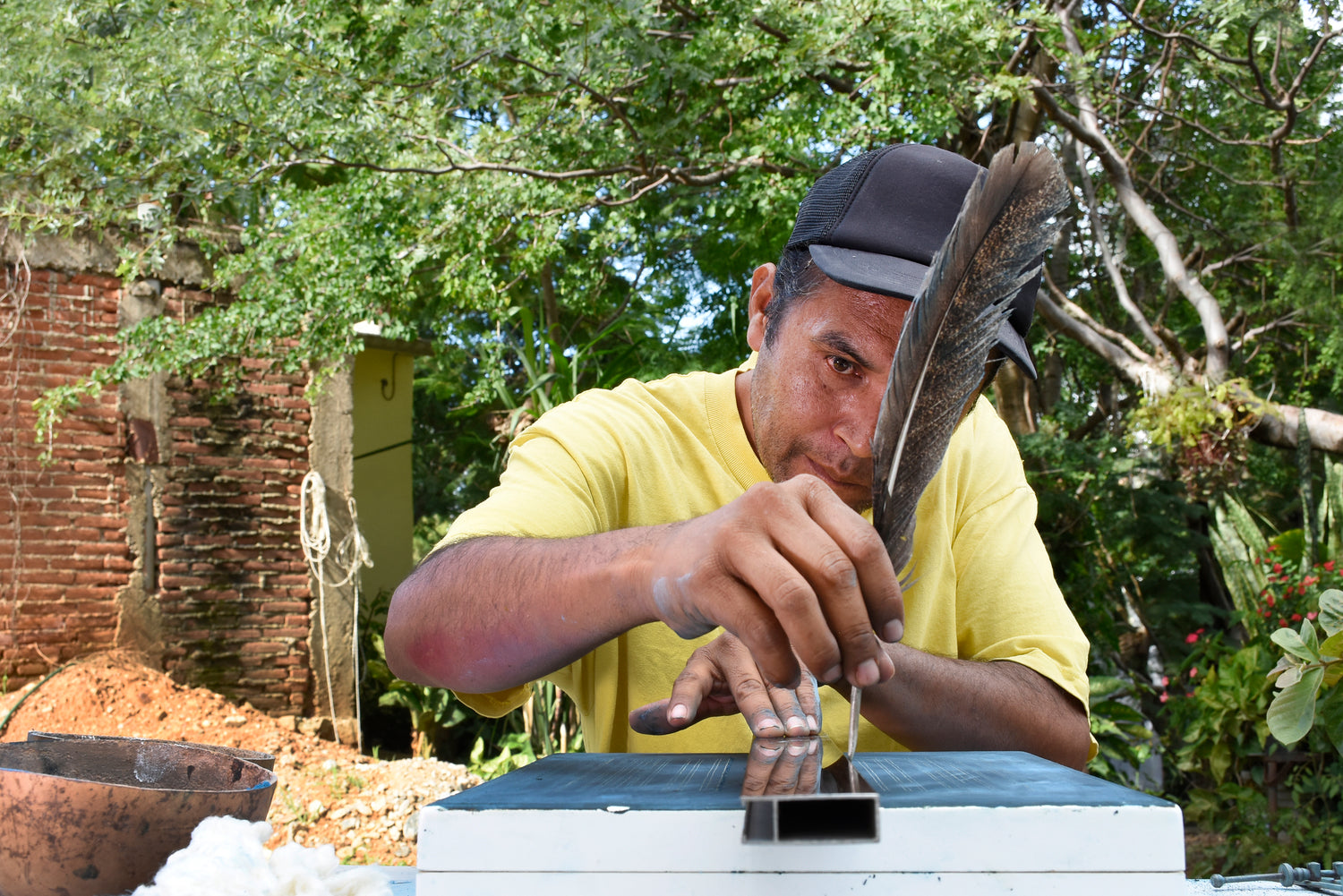
3. Production
The production phase involves the craftsmanship, the creation of the pieces established in the design phase. It is during this phase that the craftsmanship is present and the raw material is transformed into unique pieces with added value. Although each piece is unique, special attention must be paid to the fulfillment of what was agreed upon in the design phase, in order to achieve the consistency and quality that will make the product competitive in the market.
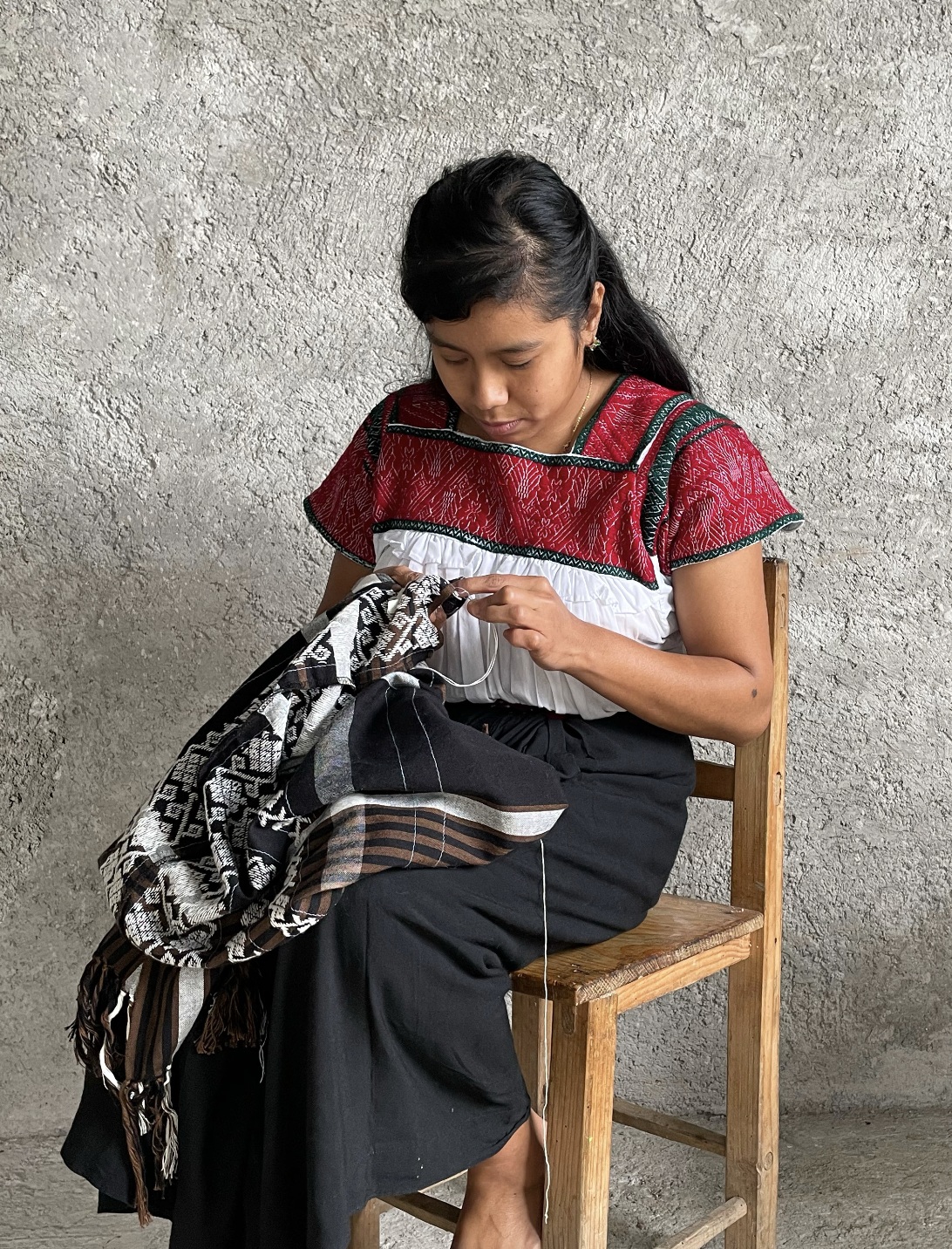
PRODUCTION
3.1. Data sheet
The technical data sheet is like the birth certificate of a product. It accompanies the product throughout its life in the catalog of the artisan company that makes it. All the important information of the product such as weight, measurements, colors, care, packaging, materials and everything you can think of, must be in its technical data sheet. The technical data sheet is a living document. Products change, fashions and trends are always moving and when a product is updated, we must also update its data sheet. Data sheets have proven to be a great quality control tool to ensure compliance with the standards established during the design phase. You can find several examples of datasheets and use the datasheet format to start standardizing your products.
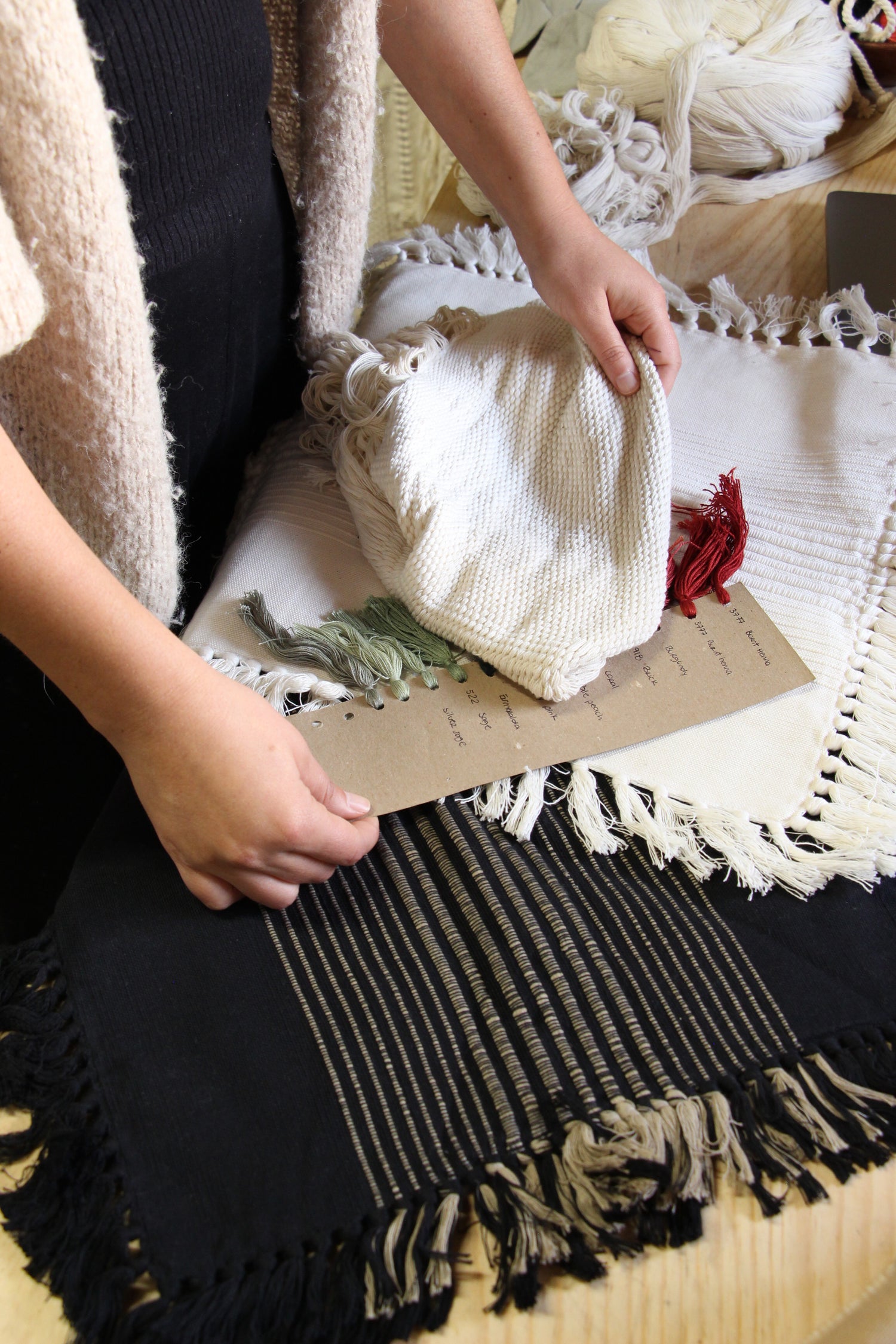
4. Logistics
As important as production is the logistics link. Without these activities, the products would not reach the final customers, or they would arrive damaged or in poor condition due to poor packaging, packaging and storage. This link is becoming increasingly relevant due to the ways in which more and more people buy products from home, online or by phone, in applications such as Facebook, Instagram or online stores such as Amazon or Mercadolibre.
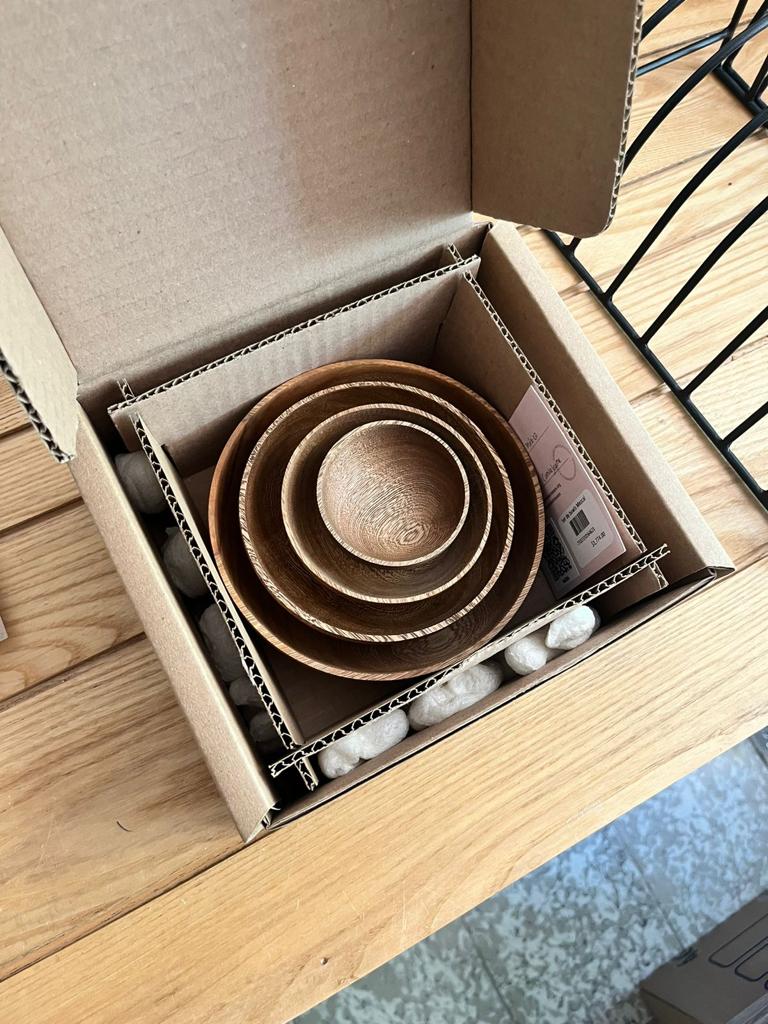
LOGISTICS
4.1. Packing manual
The Packaging Manual developed by Estafeta establishes the criteria that the market and the industry demand in terms of product protection with adequate packaging. It also details the ideal materials to pack them without risk during their transfer from a warehouse to the end customer. You will also find for download the Artisan Assembly Packaging Manual used during the operation of the project.
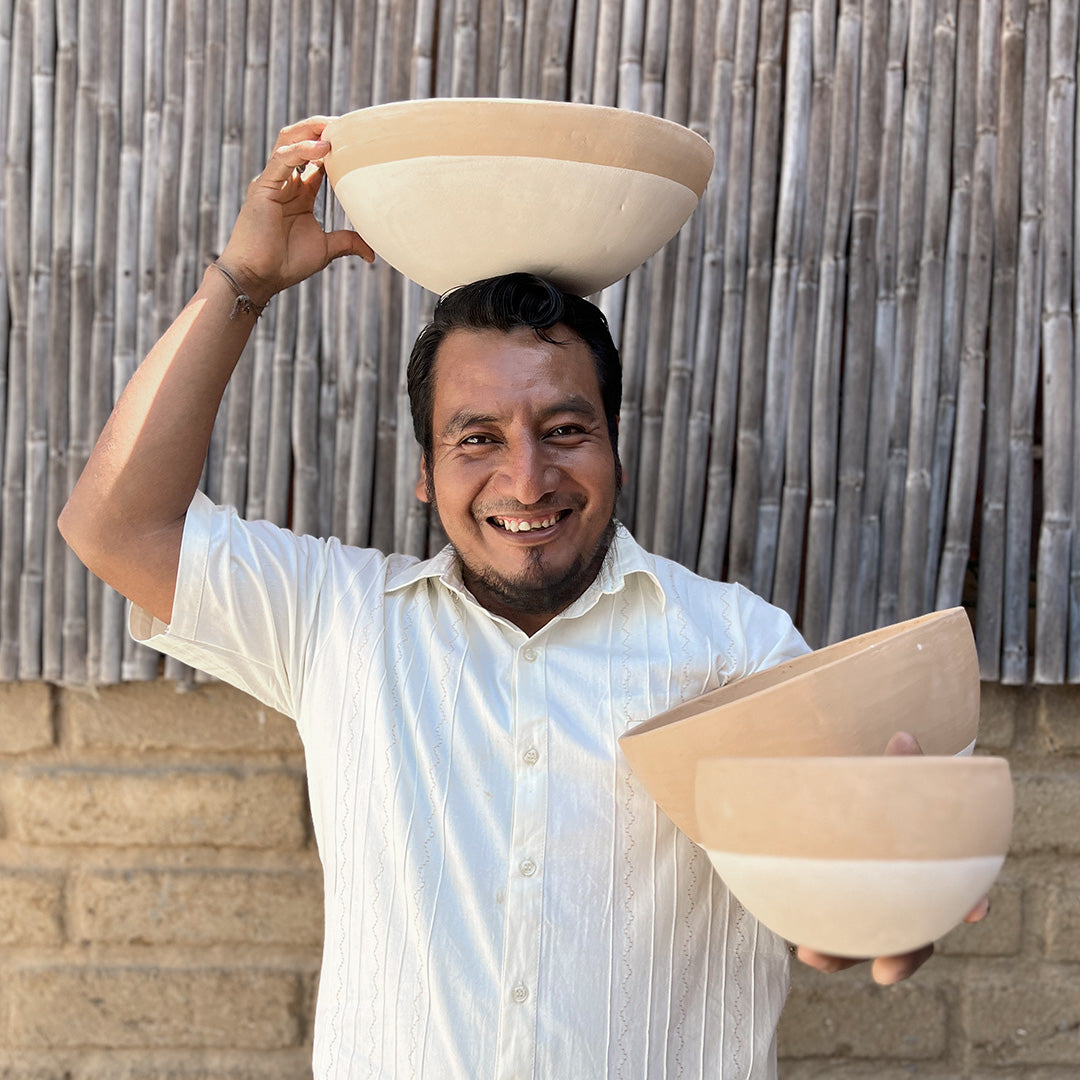
5. Sale
Getting customers to choose our products is an ongoing task for any business. The market is very competitive and requires the use of tools that allow us to be efficient and clear in our conversations with customers, adequately communicating our product offerings and sales conditions. The following tools used by Ensamble Artesano contribute to achieve the revenue generation objectives associated with this link.
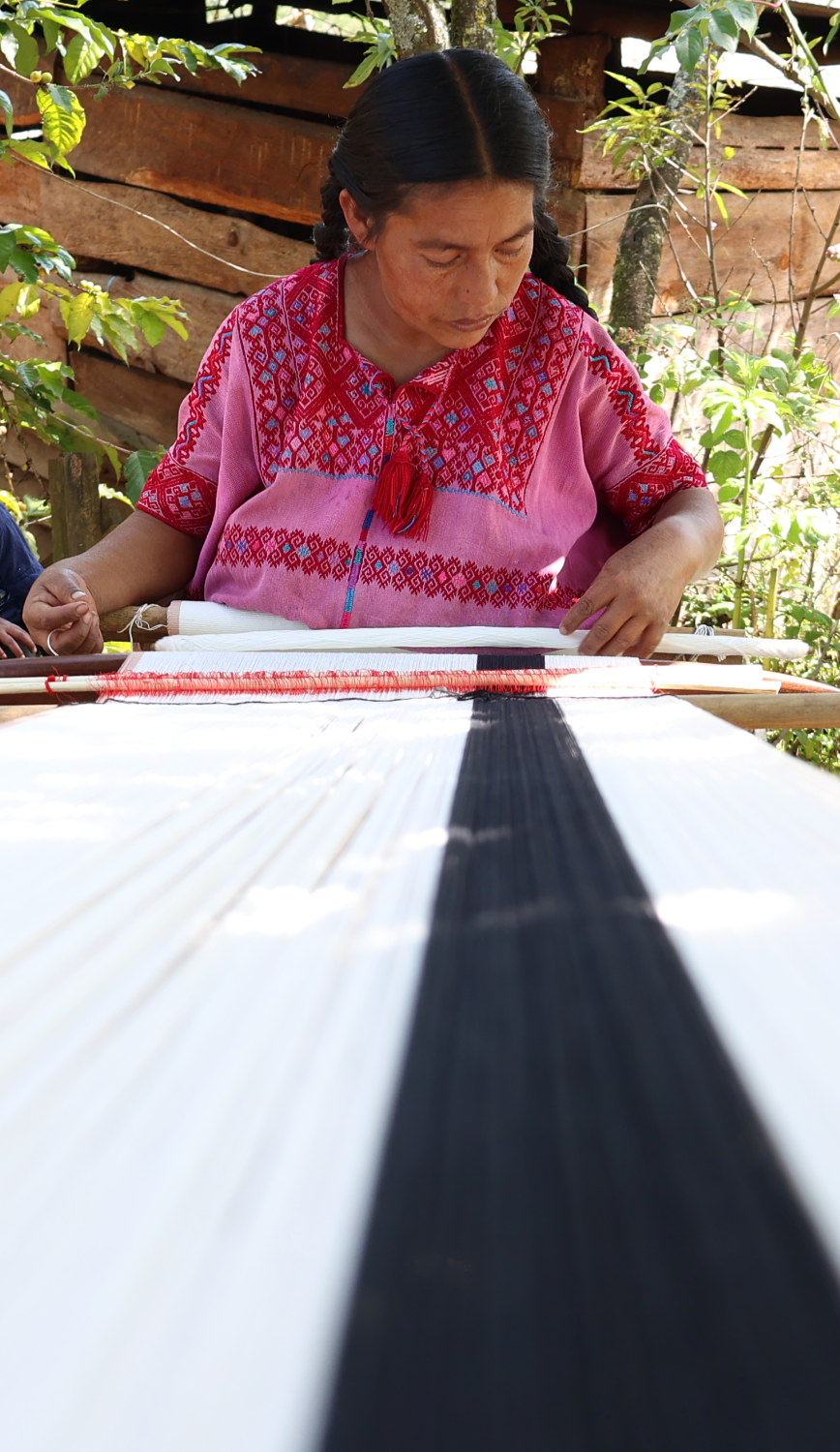
SALES
5.1. Product catalog or Dossier
Also called product catalog, it is a document with photos of each product and important information for customers, such as: price, measurements, materials, weight, availability, care, minimum order, delivery times, sales conditions, among others. Ensamble Artesano promoted the creation of these Dossiers with valuable information of the entire collection to disseminate it to customers. This example will help you to create a catalog of all your pieces, including those you made in collaboration with Ensamble Artesano, along with other pieces of your creation.

SALE
5.2. Price
It is a basic document of all transactions between a business and its customers. These documents establish the final prices and conditions of sale of an order requested by a client. The means of payment, delivery and payment times, bank details, among other relevant data that the business wishes to disclose to its client can be included. Quotations are important to formally confirm an order and avoid producing parts that the customer ultimately rejects or does not purchase due to a lack of clarity about what he was going to buy. Use the quote format if you have not yet implemented it and always send it to customers to inform them of the total cost of their order, before starting production or shipping.
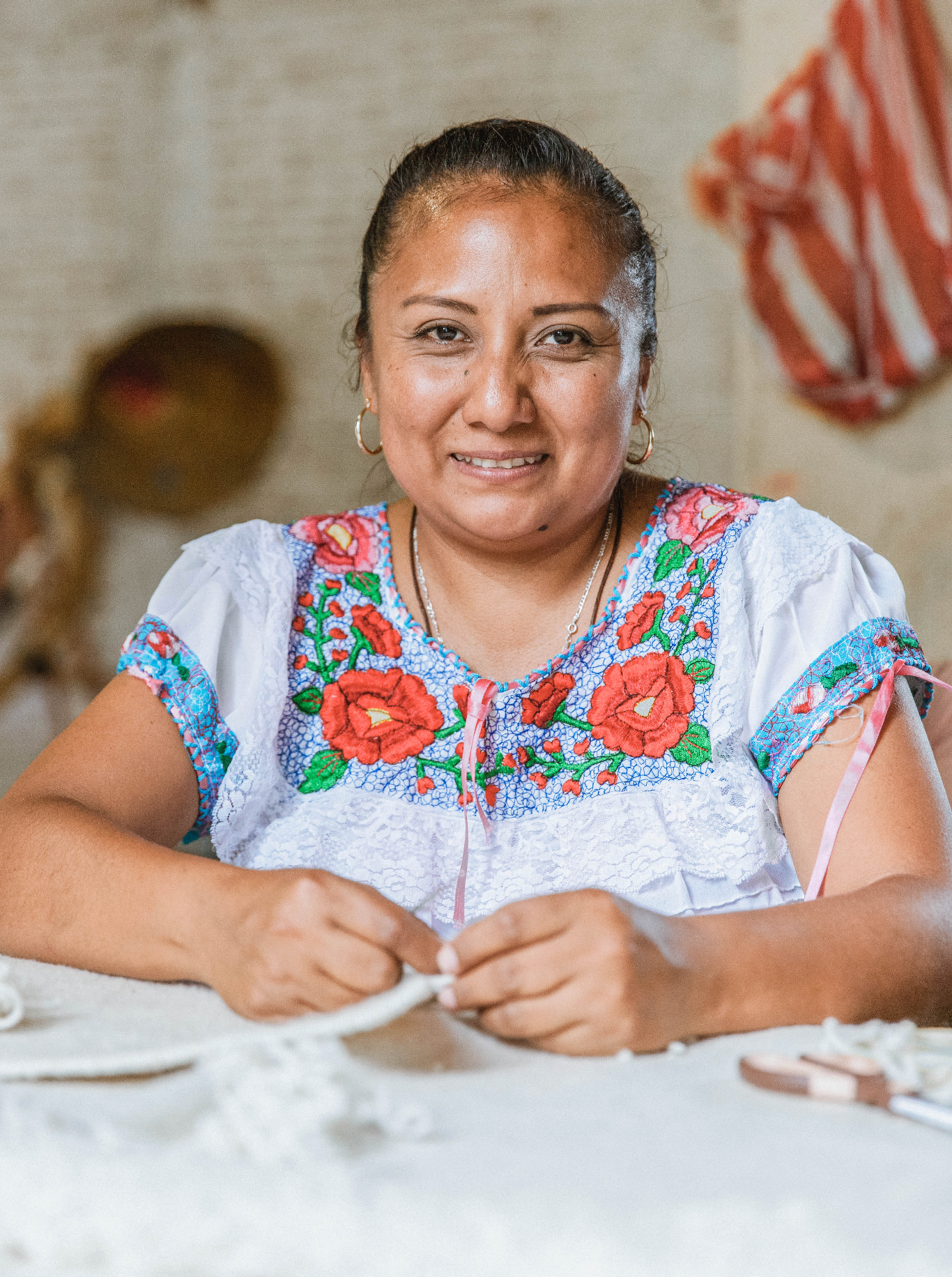
SALE
5.3. Communication manual
The Communication Manual compiles guidelines and best practices to adequately reach our potential customers and generate their interest in our products and our business in general. It is important to be in the minds of consumers. Potential customers are exposed to advertising from our competitors and we must professionalize our communication to attract them and make them aware of our products. Digital presence is more important than ever, so a reliable, updated and attractive social media profile is essential to attract and retain customers for the handicraft business. The content of our publications, messages, photos and everything in our profile, will be important to capture people's attention and convey our values and key messages with which we want to be identified.
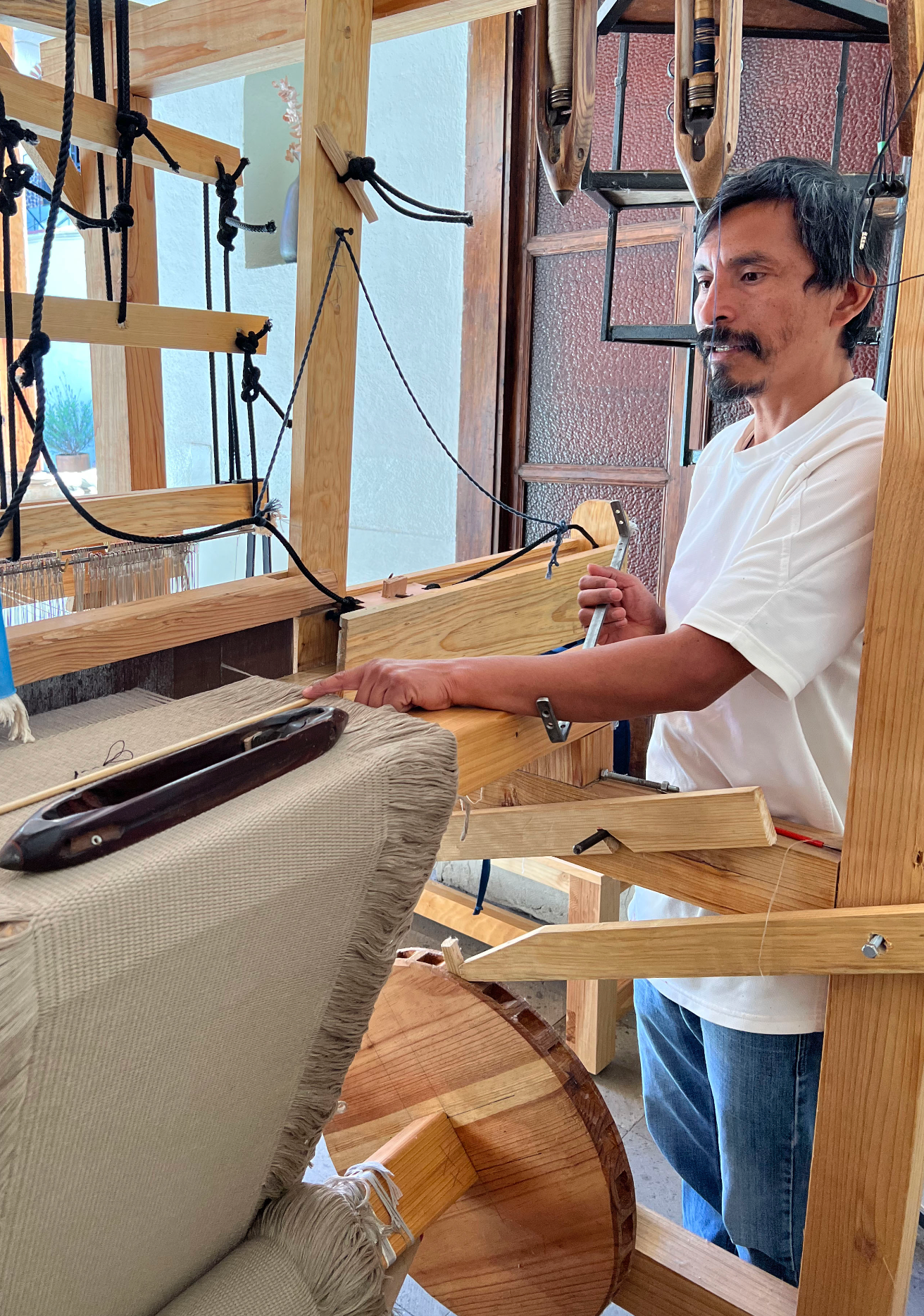
6. After sales
This link in the chain consists of making sure that customers got what they expected from our products. It involves following up by some means such as e-mail or phone calls to customers, to know their opinion of our products and our services. It may be that the product was very good, but it took a long time to arrive, or it arrived damaged. After-sales service allows us to detect these areas of improvement in other links of the value chain, helping to increase our competitiveness.

Aftersales
6.1. Thank you postcard
Our opportunity to remain in the minds of our customers does not end with the sale. The shopping experience continues when the customer takes their order or receives it at home. A common practice is to insert a print in postcard format into these packages or packages with a thank you message and a relevant photo that speaks of our project, that conveys the essence of the pieces, the people behind their production and their context. Know the example of the postcard used in Ensamble Artesano sent to each client.
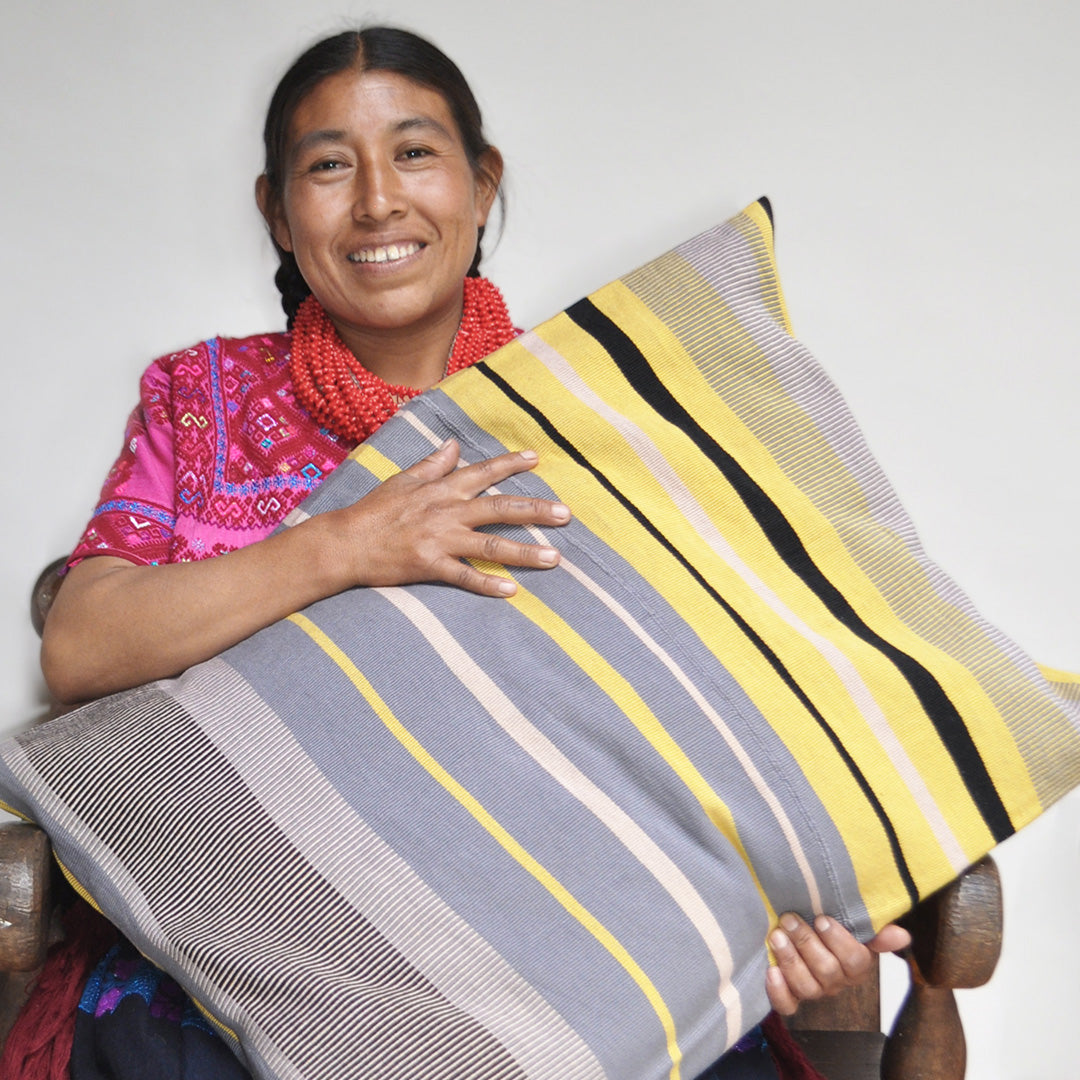
AFTER SALES
6.2. Flyer
In addition to materials such as thank you postcards, other forms such as flyers or brochures can be introduced. In these you can expand the information about our company, tell stories behind the project, make calls to action so that customers share their purchase and recommend us, or promotions and discounts. You can download the flyer used by Ensamble Artesano as a reference for this type of tool.

AFTER SALES
6.3. Special parts certificates
Some pieces, due to their complex elaboration, special materials, craftsmanship or price, require a special document that accredits their creators and realize that the piece is part of a limited existence. This is common for collection pieces or that are made to order or with very little existence. The special pieces of Ensamble Artesano had certificates that you can download as a reference to apply this tool to those made in your company.

